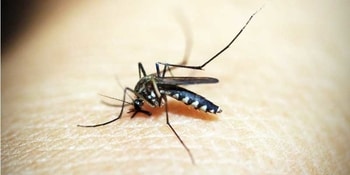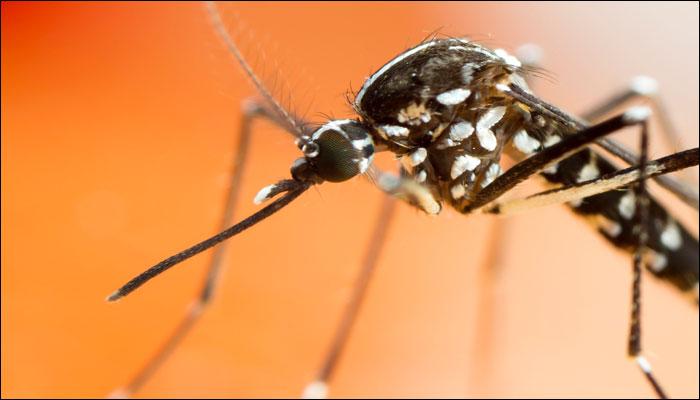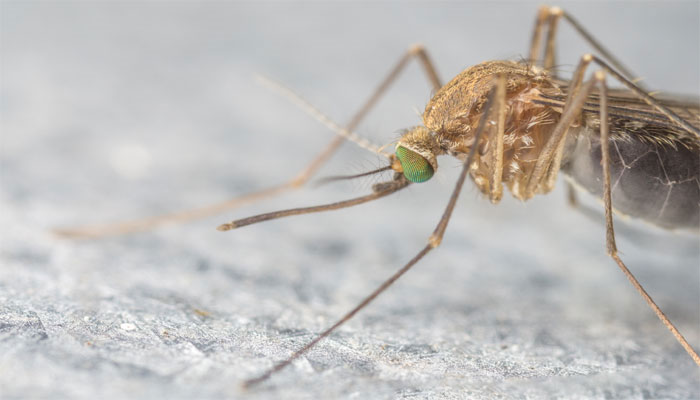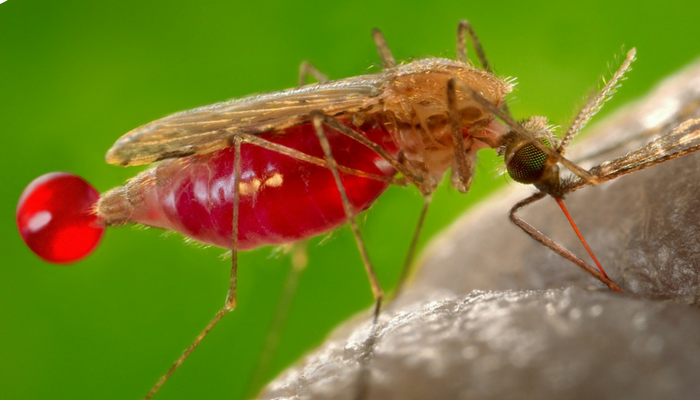
Mosquito control manages the population of mosquitoes to reduce their damage to human health, economies, and enjoyment. Mosquito control is a vital public-health practice throughout the world and especially in the tropics because mosquitoes spread many diseases, such as malaria.
Aedes Mosquito

The yellow fever mosquito (Aedes aegypti) is a mosquito that can spread dengue fever, chikungunya, and yellow fever viruses, and other diseases. The mosquito can be recognized by white markings on its legs and a marking in the form of a lyre on the thorax.
Culex Mosquitoes

The Culex mosquito is not a primary vector for prevalent mosquito-borne diseases such as malaria, dengue and yellow fever; it can transmit a number of other illnesses that can present serious health problems to human beings. It is known to contribute to the spreading of the West Nile Virus, filariasis, and encephalitis.
To lower the likelihood of disease, remove all objects on your property that collect rain water, and protect yourself from bites by applying mosquito repellent to your clothes and the exposed areas of your body when venturing outdoors, especially at dawn and dusk.
Anopheles Mosquitoes

Malaria is transmitted among humans by female mosquitoes of the genus Anopheles. Female mosquitoes take blood meals to carry out egg production, and such blood meals are the link between the human and the mosquito hosts in the parasite life cycle. The successful development of the malaria parasite in the mosquito (from the “gametocyte” stage to the “sporozoite” stage) depends on several factors. The most important is ambient temperature and humidity (higher temperatures accelerate the parasite growth in the mosquito) and whether the Anopheles survives long enough to allow the parasite to complete its cycle in the mosquito host (“sporogonic” or “extrinsic” cycle, duration 10 to 18 days). Differently from the human host, the mosquito host does not suffer noticeably from the presence of the parasites.
